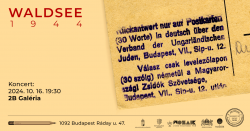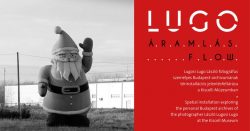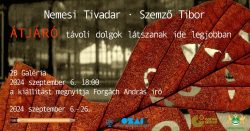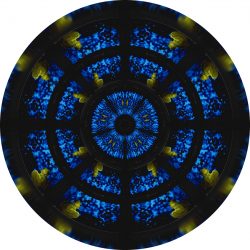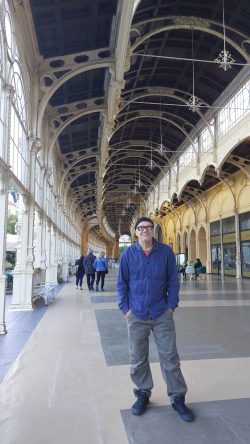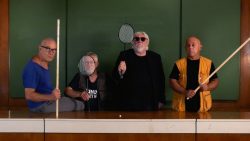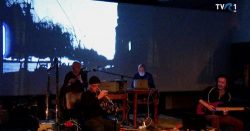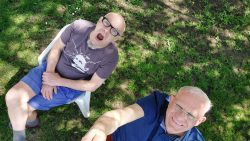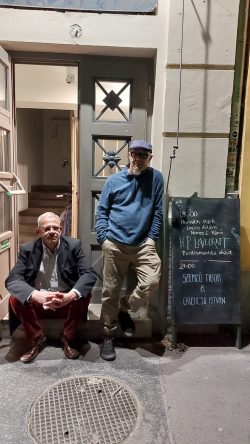Five years ago, writers and poets wrote their camp postcards for our last exhibition Waldsee 1944, and this year, for the 80th anniversary of the Holocaust in Hungary, we have included visual artists and composers in our commemoration. The drama that thickens in the now barely legible lines of the postcards sent from Auschwitz, the human tragedies that slowly fade away on the paper, have inspired the new music that is being composed. We know from the surviving postcards that the authorities offered the recipients the opportunity to reply, but the maximum length of the text was limited to 30 words. It is not known whether these reply letters ever reached the camp and, if so, whether anyone ever read them. Given the length of the 1944 Waldsee papers, the composers invited to write for this occasion limited their compositions to 3 minutes.
the compositions:
Bali János: Lager auf dem Feld
Balogh Máté: Tak – Nein – Tak
Bolcsó Bálint: Korlátozott lehetőségek
Csernovszky Márk: Am Waldsee
Dinyés Dániel: Die Reise eine Postkarte
Dobri Dániel: Képeslap valdzéből
Faragó Béla: Születésnapomra
Gryllus Samu: Lapok
Hollós Máté: Waldsee
Horváth Balázs: Üzenet
Horváth Márton Levente: Negyvennégy ütem
Kecskés D. Balázs: Postludium, No.18, f-moll
Matkó Tamás: Üzenet és Replika
Sáry Bánk: Waldsee 1944
Selmeczi György: Waldsee 2
Serei Zsolt: Waldsee
Szemző Tibor: Gesund angekomen
Szentpáli Roland: Waldsee postcards
Tihanyi László: Clausula No.11 – Waldsee
Tornyai Péter: Waldsee
Tóth Péter: Elveszett üzenet
Vajda Gergely: main Harts in Budapescht
Zombola Péter: Waldsee-töredék
performers:
Nagy Bernadett – mezzosopran
Kéringer László – tenor
Bujtor Balázs – violin
Bársony Péter – viola
Csalló Roland – clarinet
Futó Balázs – piano
Dinyés Dániel – piano
